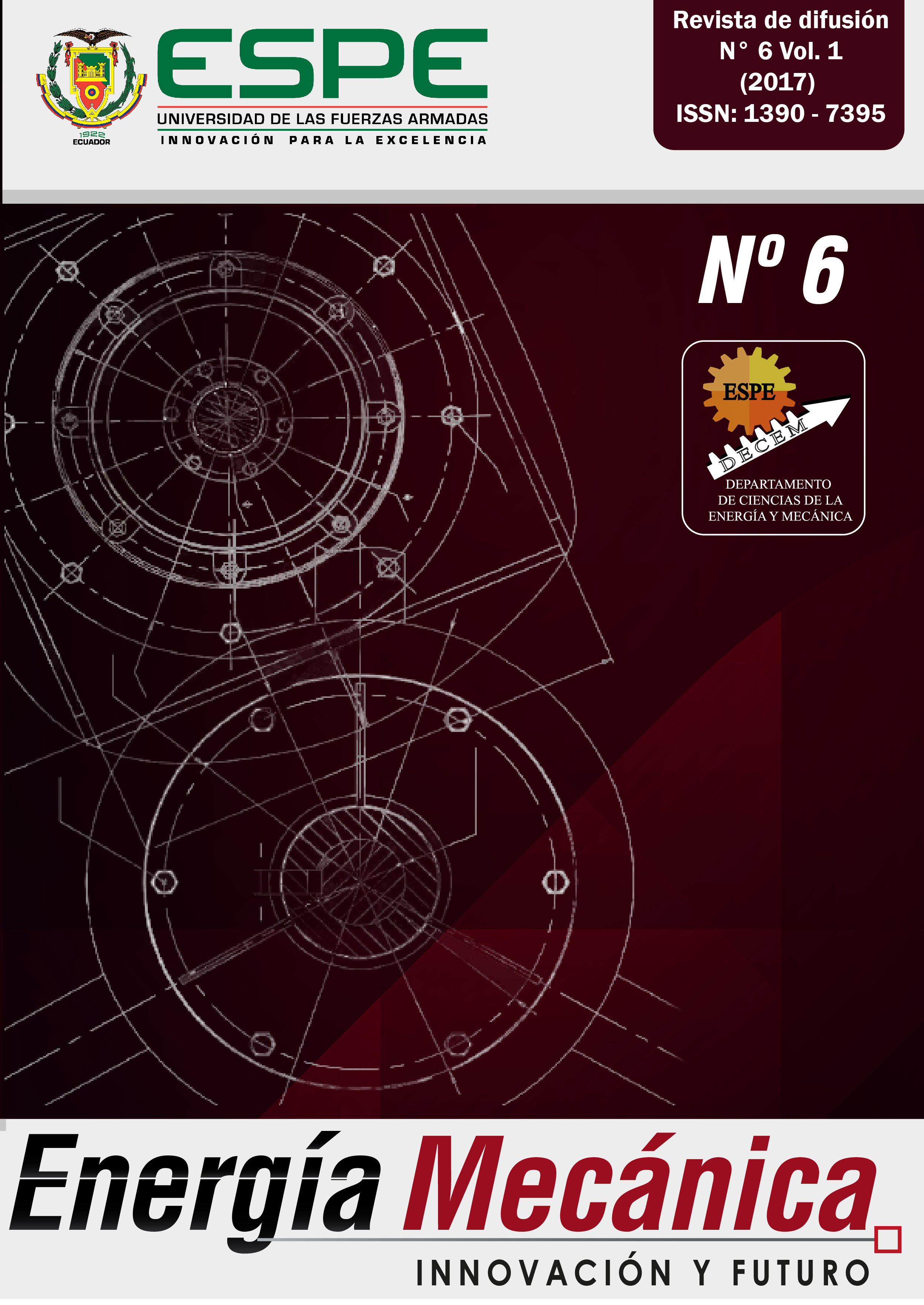MODELO MATEMÁTICO PARA EL CÁLCULO DEL TIEMPO DE INYECCION APLICABLE A UN SIMULADOR MATHEMATICAL MODEL FOR THE CALCULATION OF THE INJECTION TIME APPLICABLE TO A SIMULATOR
DOI:
https://doi.org/10.24133/EMIF.V6.9i.4050Abstract
El objetivo del artículo es presentar el comportamiento de los diferentes sensores para el cálculo del tiempo de inyección utilizable en un sistema de inyección electrónica de combustible que permita determinar su comportamiento a diferentes condiciones de funcionamiento y de carga, la obtención de mapas de inyección para determinar el efecto de cada sensor en la inyección de gasolina, aire y en la corrección del mismo.
Con este objetivo se elaboró un modelo matemático aplicable a un software que calcule los tiempos de inyección, tiempos de chispa, funcionamiento en modo alterno de falla y control de los actuadores que pueden ser elementos reales o circuitos para simular los sensores más relevantes de la Unidad de Control Electrónico (ECU) para que pueda calcular la cantidad de combustible, determinar el orden de inyección, corregir los tiempos de retraso de chispa, determinar las correcciones por ancho de pulso y el comando a actuadores.
Las pruebas realizadas muestran que la simulación presenta un error de hasta el 10,82% al comparar los valores medidos con los valores obtenidos mediante el modelo matemático. Se logró obtener los mapas de inyección de combustible y se verificó con pruebas sobre sensores y actuadores reales.
Palabras clave
ECU, simulación, sensores, inyección electrónica, software para cálculo de tiempos.
ABSTRACT
The objective of the present article is to study the behavior of the different sensors for the calculation of the injection time usable in Electronic Fuel Injection Systems that allows the study of their behavior on different operating and loading conditions, we managed to get the fuel injection maps to determine the effect of each sensor on gasoline injection, air and correction for this systems.
With this objective, a mathematical model was developed applied to a software that calculates the injection times, spark-time, running in failure mode and actuators control that can be real elements or circuits to simulate the most relevant sensors of the Electronic Control Unit (ECU) so that you can calculate the fuel amount, determine the injection order, correct the spark times delay, determine the pulse width corrections and the command to actuators.
The performed tests show that the simulation presents an error of up to 10.82% when comparing the measured values with the values obtained by the mathematical model. The fuel injection maps were obtained and verified with tests on real sensors and actuators.
Keywords
ECU, injection time,sensors simulation,
electronic injection, time calculation software.
http://www.megamanual.com/MSFAQ,htm#create[Último acceso : 15 agosto 2017]
http://www.msextra.com/feature-xref.html [Último acceso : 12 Julio 2017 ]
http://www.cisetraining.com/mod/resource/
Obregón Santana, Julio George. Análisis de Wave forms en sensores y actuadores del sistema de control electrónico sobre la inyección de combustible del motor S4A del vehículo chevrolet sail.BS thesis. GUAYAQUIL/UIDE/2016
Downloads
Published
Issue
Section
License
Los autores que publican en esta revista están de acuerdo con los siguientes términos:
Los autores conservan los derechos de autor y garantizan a la revista el derecho de ser la primera publicación del trabajo al igual que licenciado bajo una Creative Commons Attribution License que permite a otros compartir el trabajo con un reconocimiento de la autoría del trabajo y la publicación inicial en esta revista.
Los autores pueden establecer por separado acuerdos adicionales para la distribución no exclusiva de la versión de la obra publicada en la revista (por ejemplo, situarlo en un repositorio institucional o publicarlo en un libro), con un reconocimiento de su publicación inicial en esta revista.
Se permite y se anima a los autores a difundir sus trabajos electrónicamente (por ejemplo, en repositorios institucionales o en su propio sitio web) antes y durante el proceso de envío, ya que puede dar lugar a intercambios productivos, así como a una citación más temprana y mayor de los trabajos publicados.

